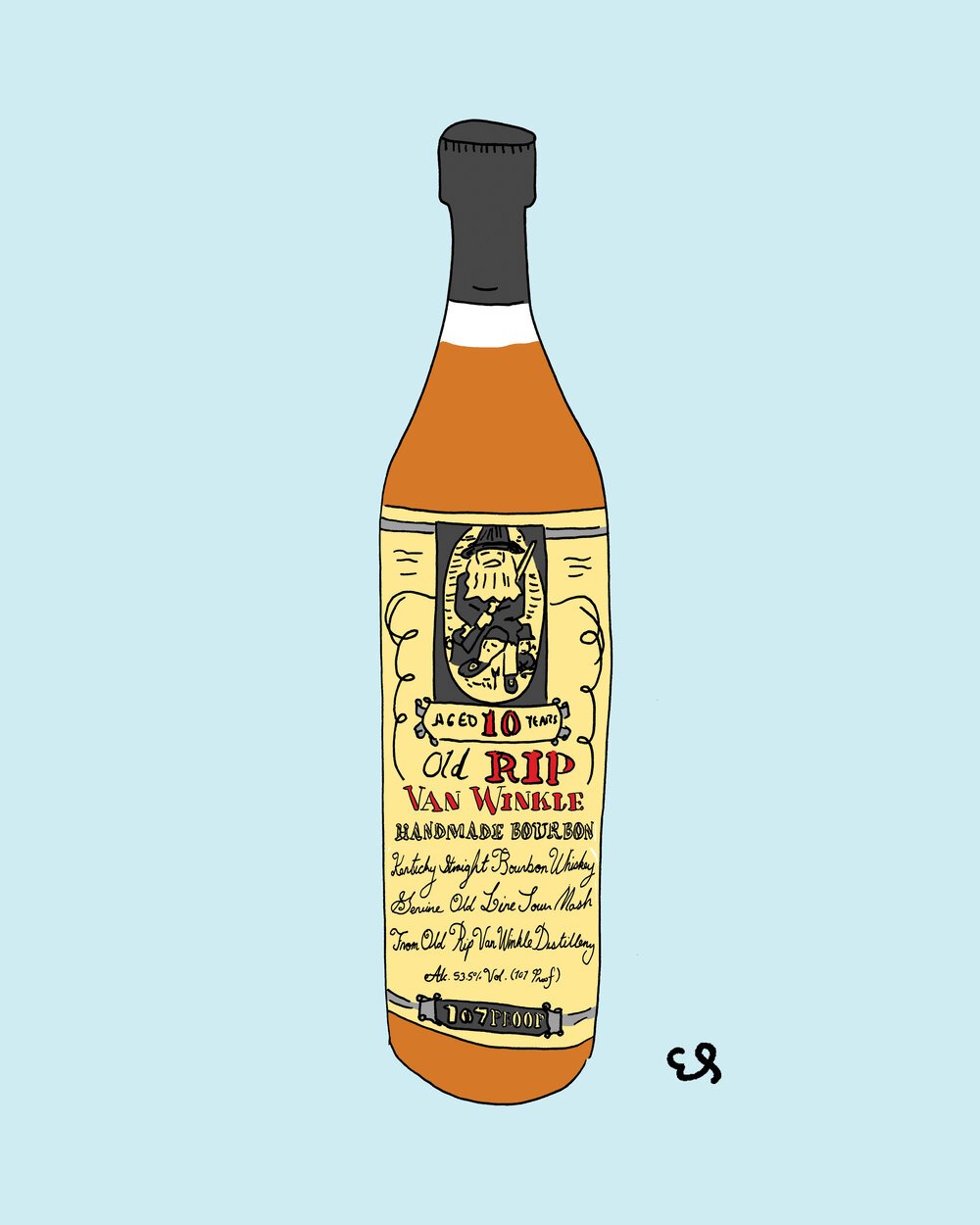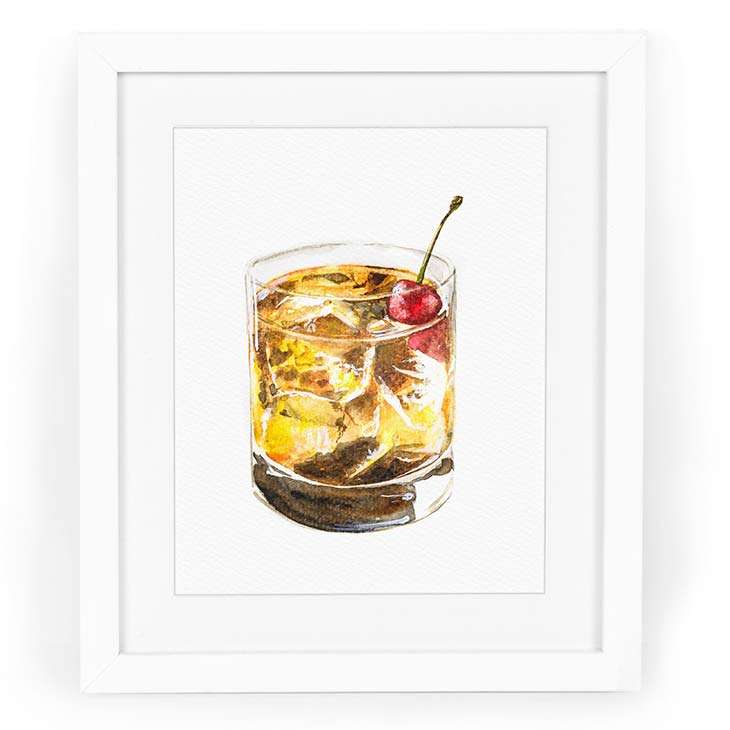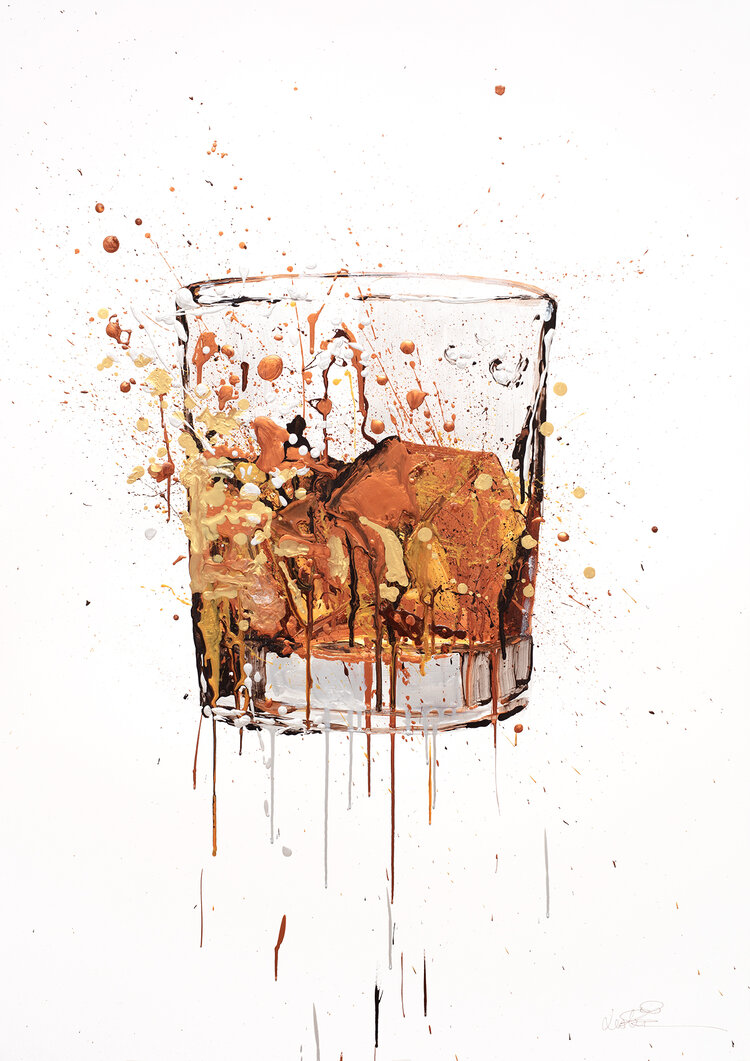Whiskey Art as a Statement: Exactly How It Boosts Home Décor
Whiskey Art as a Statement: Exactly How It Boosts Home Décor
Blog Article
The Value of Whiskey Art in Celebrating Heritage and Workmanship in the Beverage Industry
The detailed connection between bourbon art and the event of heritage and craftsmanship within the drink industry can not be overemphasized. With thoughtfully created containers and tags, whiskey brand names envelop their historic origins and the artisanal skills that specify their production approaches.
The Historical Origins of Whiskey
At the heart of bourbon's appeal lies an abundant tapestry of historical origins that trace back to ancient civilizations. The origins of bourbon can be linked to the purification practices of the Sumerians and Babylonians around 2000 BCE, where very early forms of fermented grain beverages started to emerge. Nonetheless, it was in the Middle Ages that the art of purification developed dramatically, especially in Ireland and Scotland, bring about the development of bourbon as we know it today.
The term "whiskey" itself obtains from the Gaelic word "uisce beatha," suggesting "water of life." This phrase highlights the social value of whiskey in Celtic societies, where it was usually connected with rituals, events, and public bonding. By the 15th century, purification became an acknowledged craft within reclusive communities, leading the way for the establishment of lawful distilleries.
As profession routes increased, bourbon's appeal grew, transcending regional boundaries and catching the rate of interest of aficionados worldwide. Realism Art. This historic trip mirrors not just the craftsmanship behind whiskey production but also its essential function in cultural and social contexts, marking it as a considerable beverage throughout history
Artistic Expression in Branding
Whiskey branding stands as a compelling intersection of artistry and business, where aesthetic identification plays a crucial role fit customer assumption. The aesthetics of whiskey tags, product packaging, and advertising and marketing products show not only the brand's tale yet additionally its core worths and heritage. With artistic expression, distilleries convey a story that reverberates with consumers, evoking emotions and triggering links.
Making use of shade, typography, and images in branding serves to set apart items in a saturated market. As an example, typical themes may stimulate a sense of credibility and craftsmanship, while modern-day styles can signify technology and forward-thinking. This strategic creative direction improves brand name recognition and commitment, allowing customers to forge a personal connection with the scotch they select.
Furthermore, imaginative expression in branding frequently serves as a party of regional heritage. Distilleries often integrate neighborhood symbols or historical references into their styles, producing a local color that welcomes consumers to take part in a broader cultural experience. Eventually, the virtuosity behind whiskey branding not only boosts aesthetic appeal however likewise improves the overall narrative of the brand, cultivating a much deeper appreciation for the craftsmanship and heritage ingrained in each container.
Workmanship in Container Design
The artistry obvious in bourbon branding expands past visual identity to encompass the craftsmanship associated with container layout. Each container acts as a vessel not simply for the spirit within, yet also for the story it outlines its origin, custom, and high quality. The layout procedure needs careful interest to information, as aspects such as product, form, and closure add dramatically to the total understanding of the scotch.
Craftsmanship in bottle layout entails choosing top notch glass that can improve the scotch's color and clarity, while additionally supplying a tactile experience for the consumer. The shape of the container should be both functional and aesthetically enticing, usually mirroring the heritage of the brand. Many distilleries decide for special shapes or printed logo designs that evoke a feeling of authenticity and history.
In addition, the label design and typography play a crucial duty in interacting the brand name's narrative. Bourbon Art. A well-crafted container not only astounds the consumer's eye yet likewise reinforces the brand name's commitment to high quality and tradition. In this means, the craftsmanship of container design comes to be an important facet of the scotch experience, combining creativity with an extensive respect for heritage
Social Significance of Bourbon Art
Celebrating custom and workmanship, the cultural value of whiskey art goes beyond mere looks, intertwining with the historic and social narratives of the areas from which it comes from. Each bottle works as a canvas, depicting the unique stories, folklore, and practices that have shaped neighborhood whiskey-making practices. The complex layouts frequently mirror the heritage of the distillers, incorporating symbols and themes that reverberate with the culture and values of their neighborhoods.

On top of that, scotch art plays an important duty in communal celebrations and celebrations, working as a tangible link in between people and their shared experiences. By valuing the artistry in scotch product packaging, consumers grow a much deeper understanding and respect for the craft, inevitably enriching their pleasure of the drink itself.
Modern Trends in Whiskey Discussion
In the last few years, the presentation of scotch has actually evolved to show modern tastes and patterns while still recognizing traditional craftsmanship - Realism Art. Distilleries are increasingly focusing on visual components that enhance the general alcohol consumption experience, linking the void in between heritage and modernity
Cutting-edge container designs have arised, usually incorporating sustainable products and imaginative tags website link that inform compelling stories. Numerous brand names currently team up with neighborhood artists, infusing their products with distinct visual expressions that resonate with customers. Furthermore, limited-edition launches are usually packaged in collectible containers, adding value and appeal for connoisseurs.

Verdict
In final thought, scotch art serves as a Click This Link crucial channel for revealing the heritage and workmanship intrinsic in the beverage market. With elaborate branding, ingenious bottle designs, and culturally significant imaginative components, bourbon brand names successfully honor their traditions and link with consumers.


Workmanship in bottle design involves picking high-grade glass that can boost the scotch's color and clarity, while additionally giving a responsive experience for the consumer. In this way, the workmanship of bottle design comes to be an essential element of the scotch experience, merging virtuosity with an extensive respect for heritage.
In verdict, bourbon art serves as a vital avenue for revealing the heritage and craftsmanship integral in the beverage sector.
Report this page